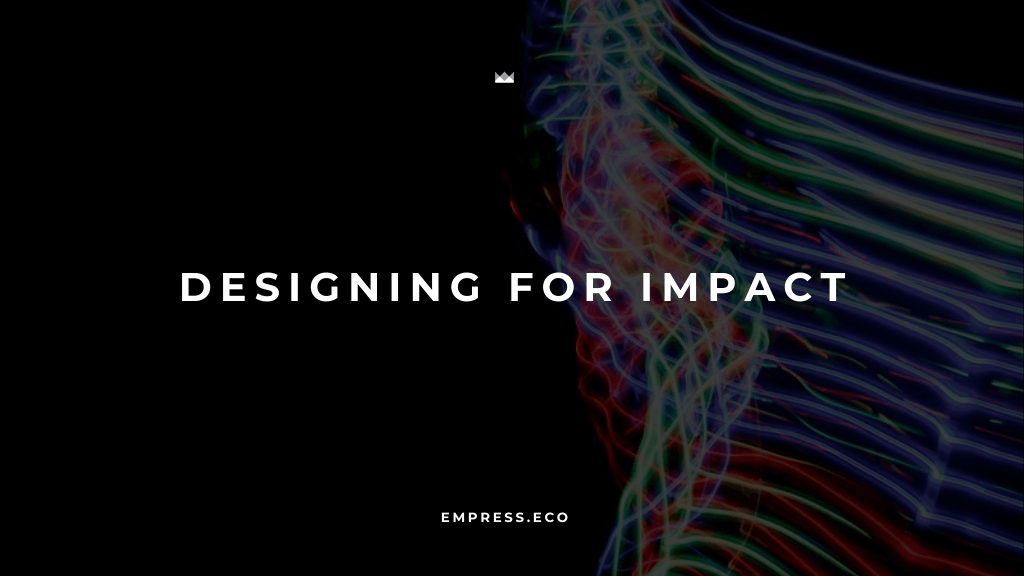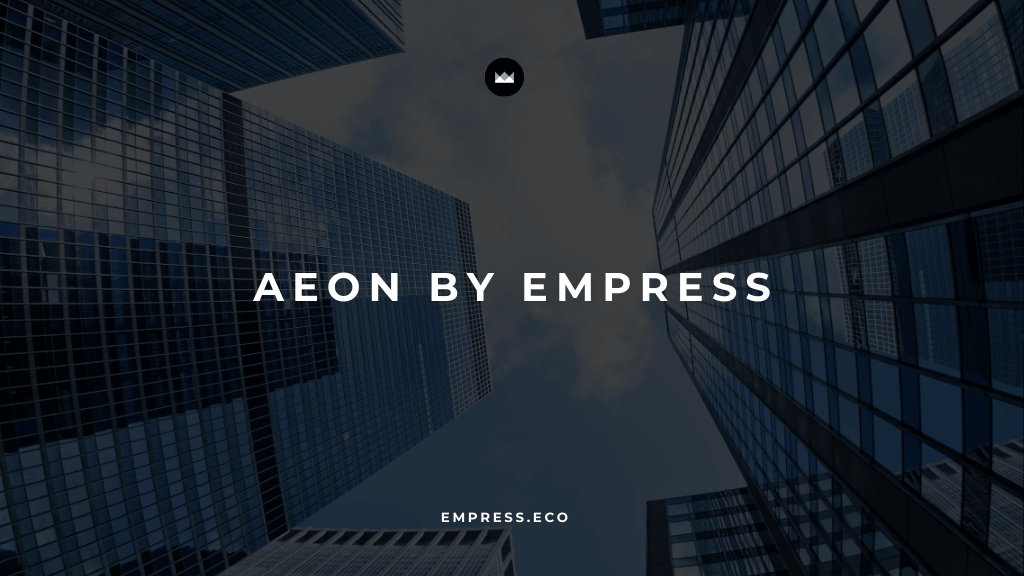
Drive Social Change with DADA’s Impactful Creative Design Solutions
Using the power of storytelling and design to contribute to meaningful social change.
Table of Contents
In a world facing critical social and environmental challenges, design has emerged as a powerful tool for driving meaningful social change. By leveraging creativity, empathy, and technology, designers can create solutions that address complex issues and positively impact communities. This blog explores how creative solutions can drive social change and provides actionable steps for using storytelling and design to make a difference.
Understanding Social Impact Design
Social impact design is an intentional approach to design that seeks to address social and environmental challenges through collaboration, research, and creativity. It involves creating products, services, and experiences that improve living conditions, promote equity, and enhance the well-being of individuals and communities. This approach goes beyond aesthetics and functionality to include a deep understanding of social contexts and needs.
Benefits of Social Impact Design
Addressing Humanitarian Issues
Social impact design focuses on solving humanitarian issues such as improving living conditions, providing access to clean water, and enhancing healthcare. By addressing these fundamental needs, designers can create solutions that have a profound impact on people's lives. For instance, well-designed healthcare facilities can improve patient outcomes, and innovative water purification systems can prevent diseases.
Promoting Equity and Inclusion
Design for social impact aims to create equitable and inclusive solutions that benefit underserved communities. This approach ensures that the needs and voices of marginalized groups are considered and addressed in the design process. Inclusive design can range from creating accessible digital interfaces to developing affordable housing solutions that cater to various socio-economic groups.
Enhancing Community Resilience
By developing solutions that strengthen community resilience, social impact design helps communities better withstand and recover from challenges such as natural disasters, economic instability, and social isolation. For example, community gardens and green spaces can enhance social cohesion and provide food security during crises.
Fostering Sustainable Development
Sustainable design principles are integral to social impact design. By prioritizing eco-friendly materials and processes, designers can create solutions that contribute to environmental sustainability and reduce the overall ecological footprint. Sustainable design includes everything from energy-efficient buildings to products made from recycled materials.
Key Strategies for Driving Social Change Through Design
Leveraging Storytelling for Social Impact
Storytelling is a powerful tool for connecting with audiences and driving social change. By crafting compelling narratives that highlight the experiences and challenges of individuals and communities, designers can inspire empathy and action.
Steps to Effective Storytelling:
- Identify Key Messages: Clearly define the core messages you want to convey through your story. Focus on the impact and significance of the social issue you are addressing.
- Use Authentic Voices: Highlight the voices and perspectives of those directly impacted by the issues. Authentic stories are more likely to resonate and inspire action.
- Create Emotional Connections: Use visuals, anecdotes, and personal stories to evoke emotions and foster empathy. Emotional connections can motivate people to support and participate in social change initiatives.
Collaborating with Communities
Effective social impact design requires collaboration with the communities being served. By involving community members in the design process, designers can gain valuable insights and create solutions that truly meet their needs.
Collaboration Tips:
- Engage Stakeholders Early: Involve community members and stakeholders from the outset of the project. Their input can shape the project's direction and ensure it addresses real needs.
- Conduct Participatory Research: Use methods such as interviews, focus groups, and co-design workshops to gather input and feedback. This participatory approach fosters ownership and acceptance of the final solution.
- Build Trust and Relationships: Foster trust and build strong relationships with community members to ensure meaningful collaboration. Trust is essential for honest communication and successful outcomes.
Utilizing Technology and Innovation
Emerging technologies such as AI, AR, and VR can enhance social impact design by providing new tools and possibilities for innovation. These technologies can help create more effective and scalable solutions that address complex social issues.
Examples of Technology Integration:
- AI-Powered Solutions: Use AI to analyze data and generate insights that inform design decisions. AI can help identify patterns and predict outcomes, making interventions more effective.
- AR/VR Experiences: Create immersive experiences that raise awareness and educate audiences about social issues. AR/VR can simulate real-world scenarios, providing a deeper understanding of challenges and solutions.
Overcoming Challenges in Social Impact Design
Balancing Aesthetics and Functionality
While aesthetics are important, social impact design must prioritize functionality and usability. Ensure that designs are practical, accessible, and tailored to the needs of the target audience. For instance, a beautiful water filtration system is ineffective if it is too complicated for users to operate.
Ensuring Sustainability
Incorporate sustainable design principles to minimize environmental impact. Use eco-friendly materials, reduce waste, and design for longevity and adaptability. Sustainable design not only benefits the environment but also ensures that solutions remain viable and effective over time.
Measuring Impact and Effectiveness
Evaluate the success of social impact design projects by tracking key metrics such as user satisfaction, community engagement, and long-term outcomes. Use this data to refine and improve future projects. Impact assessment helps ensure that the solutions provided are meeting their intended goals and can guide future efforts.
Case Studies: Successful Social Impact Design Projects
The Copenhagen Wheel
Developed by the MIT Senseable City Lab, the Copenhagen Wheel is an innovative bicycle wheel that uses sensors and Bluetooth connectivity to assist riders. This technology improves urban mobility and promotes sustainable transportation. The wheel's design not only makes cycling easier and more accessible but also encourages a shift away from car-centric urban planning.
LifeStraw
LifeStraw, a portable water filter designed by a Swiss company, provides access to safe drinking water for people in developing countries or during emergencies. This simple yet effective solution has significantly improved public health and reduced waterborne diseases. LifeStraw’s design prioritizes ease of use and portability, making it a crucial tool in disaster relief efforts.
Water ATM Project in India
The Water ATM project provides access to clean drinking water in marginalized communities through an ATM-like system. This project not only addresses water scarcity but also creates job opportunities for community members. By integrating technology and community involvement, the Water ATM project ensures sustainable access to safe water.
Conclusion
Designing for social impact is essential for creating meaningful change and addressing the complex challenges facing our world today. By leveraging storytelling, collaboration, and technology, designers can develop creative solutions that drive social change and improve the lives of individuals and communities.
As we move forward, embracing social impact design will be crucial for building a more equitable, sustainable, and resilient future. Start integrating these principles into your design practices today to contribute to meaningful social change and make a lasting impact.
Empress Newsletter
Join the newsletter to receive the latest updates in your inbox.







